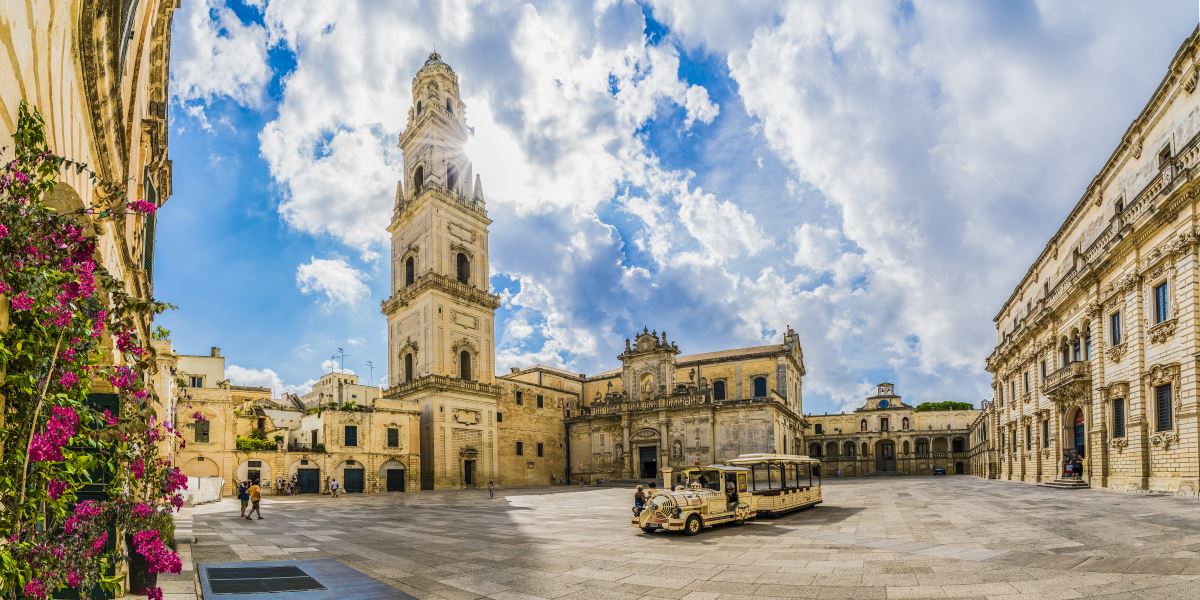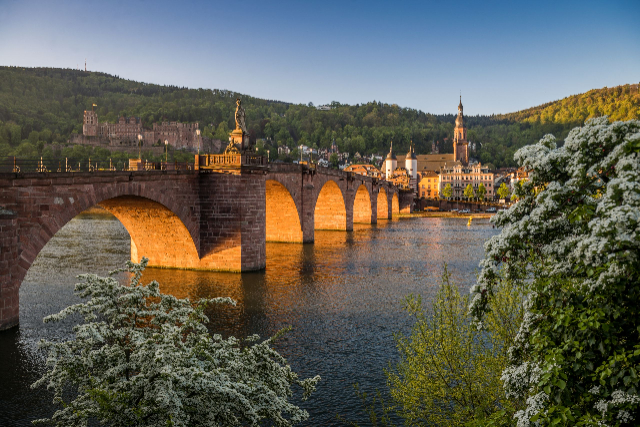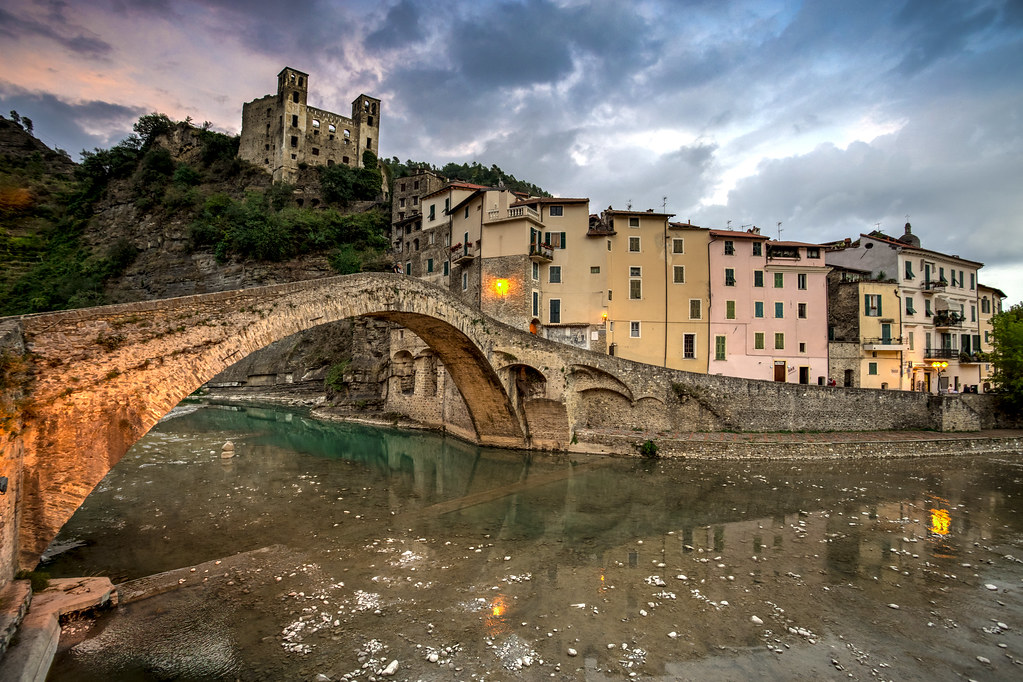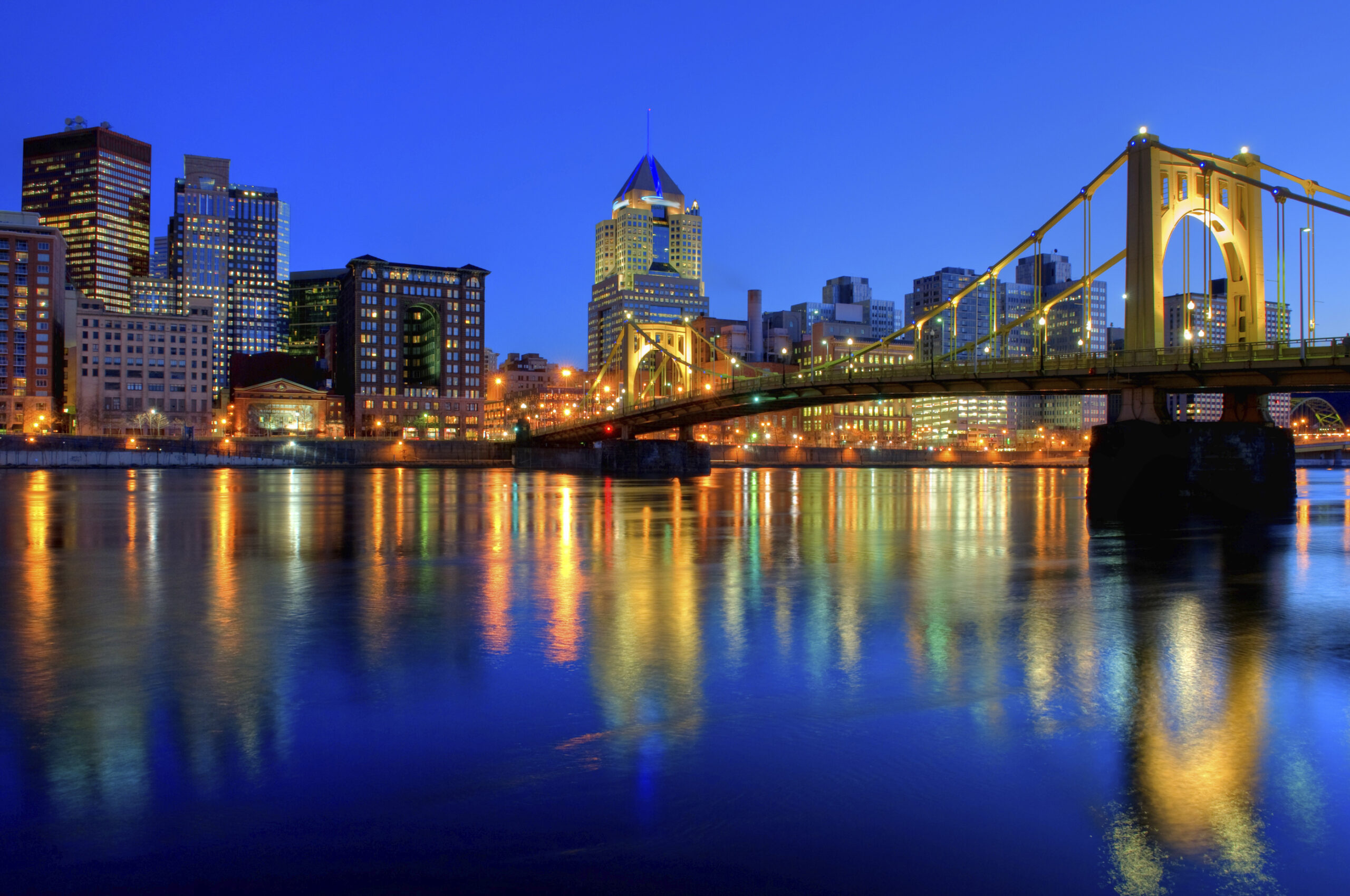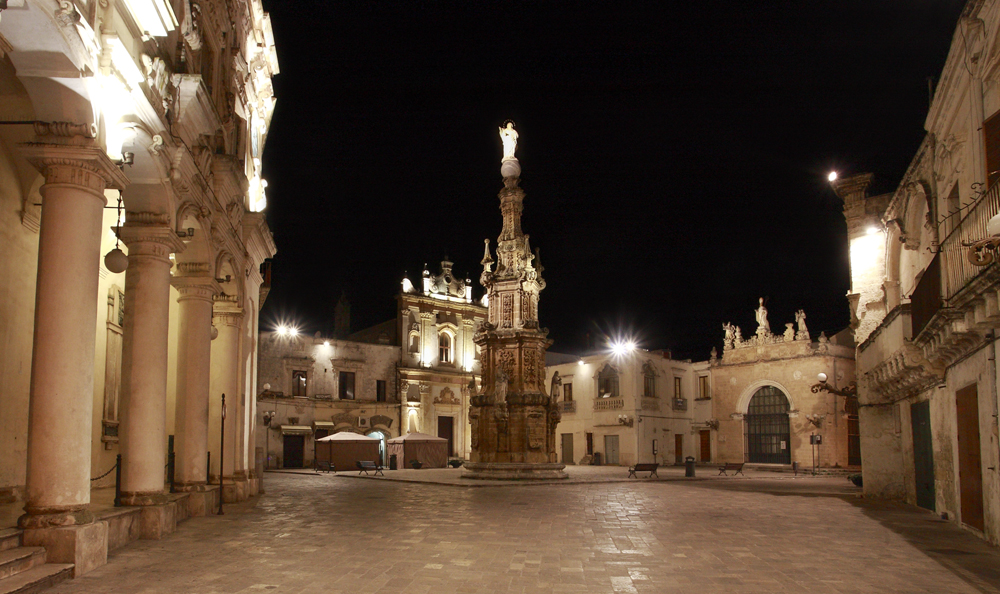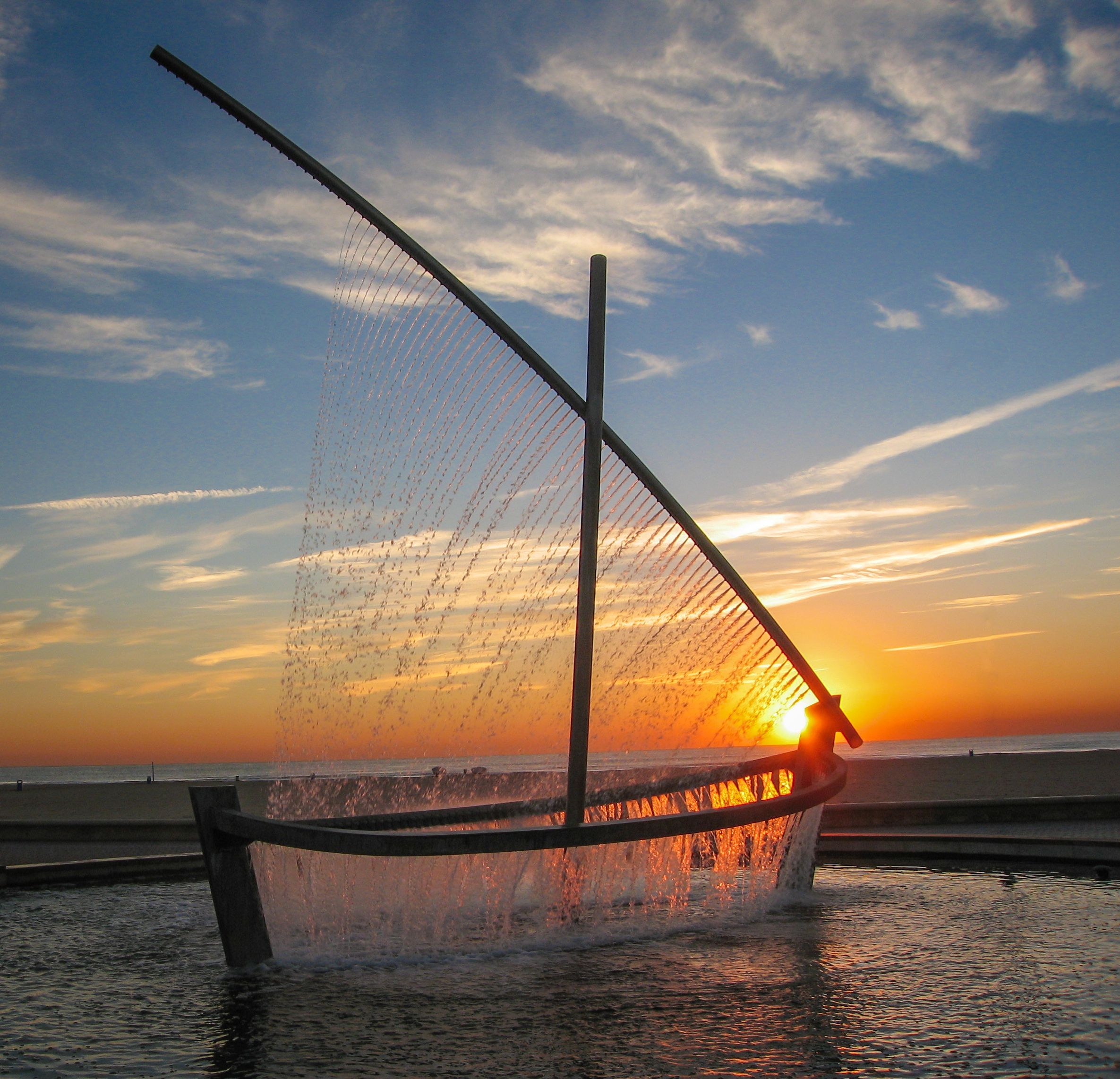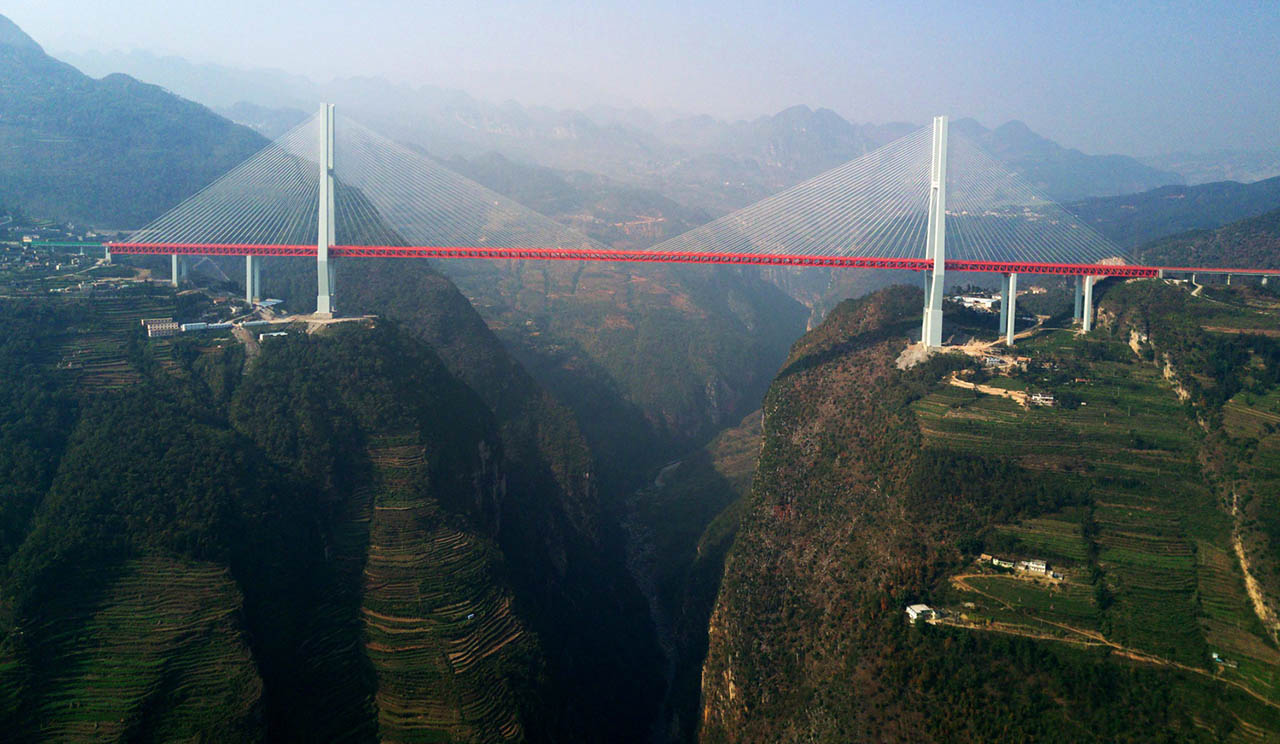Giuseppe Zimbalo, Giuseppe Cino and Mauro Manieri. These are the three great architects of Lecce Baroque who forged with inspiration and genius the magical Piazza Duomo in Lecce (a curiosity: the square is closed on three sides and has only one entrance.
The square opens at the end of Via Palmieri, announced by the entrance Propylaea with the statues of the Fathers of the Church on top, which seem almost to do the honours of home to visitors who enter the sacred square par excellence of the city of Lecce. A square that fascinates for the warm tones of the Lecce stone that covers the four buildings that stand there, the Bell Tower, the Cathedral, the Episcopal Palace and the Diocesan Museum.
In the past, the square was called "Cortile del Vescovado" (Bishop’s courtyard), frequented only by churchmen and surrounded by religious buildings that acted almost as walls, thus isolating themselves from the rest of Lecce;
An architectural revolution inside this square will happen with the bishop Luigi Pappacoda in the second half of 1600. Lecce, already a provincial capital of the Kingdom of Naples, became the seat of important peripheral offices of the State and of the Royal Audience, as well as the residence of numerous officials, professionals and many aristocrats, so the Bishop felt the need to renew Lecce urbanistically and culturally so that it would be worthy of the political position it had conquered. In the light of these events, Bishop Pappacoda decided to use the Lecce Baroque to relaunch Lecce and give it a unique look that distinguished it from other cities. Before its reconstruction, the square had a dangerous bell tower and a small church always at the mercy of looters such as the Saracens. After the escaped danger of the plague in 1659 and with the advent of Lecce Baroque, Bishop Pappacoda was able to give new life to the square by rebuilding the bell tower and the cathedral shaped by the hands of Lecce architect Giuseppe Zimbalo, then followed other clients and other artists for the construction of other buildings within the courtyard.Only after the second half of 1700, the square was opened to the public a decision that was wanted by Bishop Sozi Carafa to delight the eyes of passers-by and visitors with the elegance that you breathe in the courtyard once you enter.
